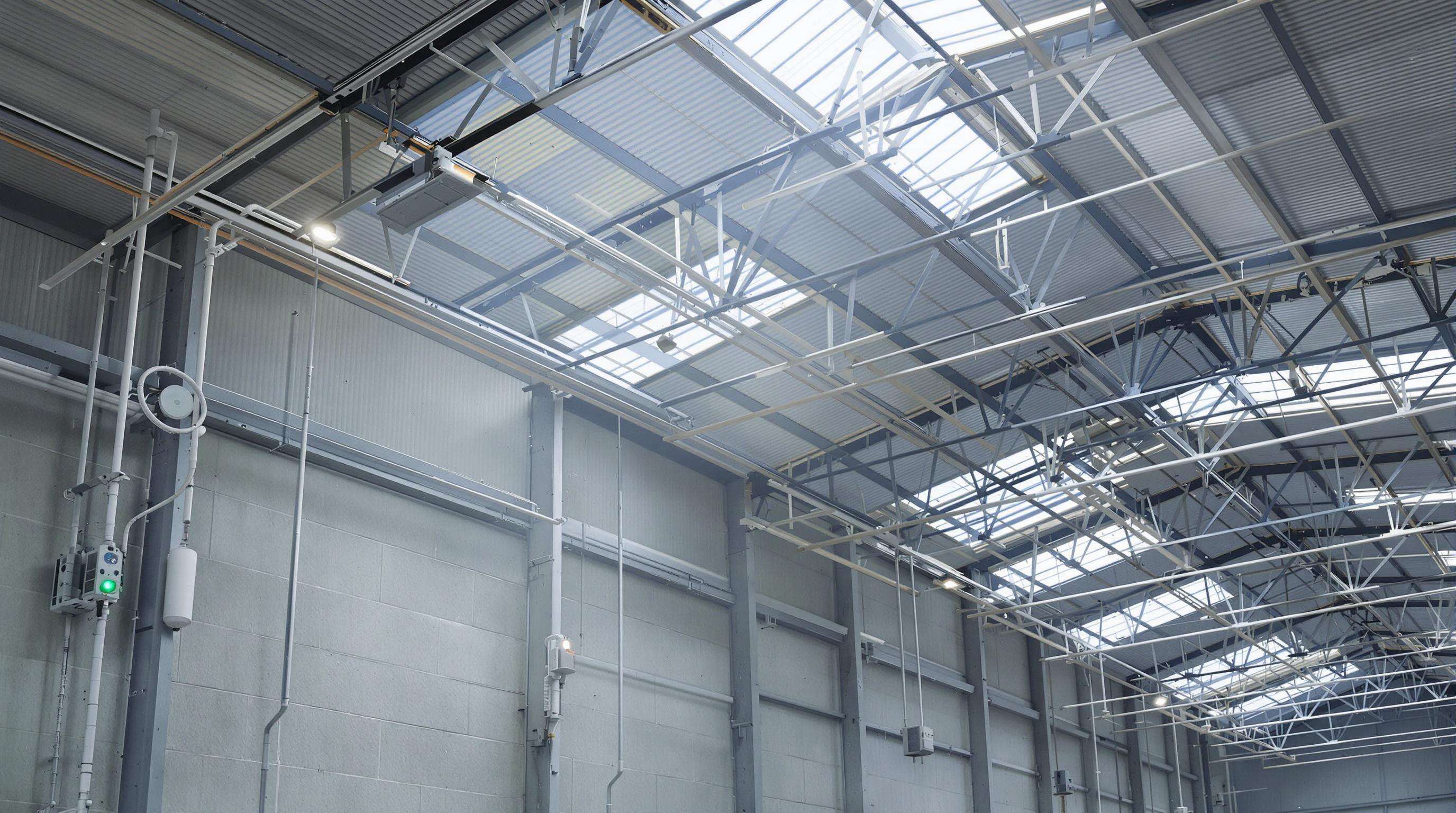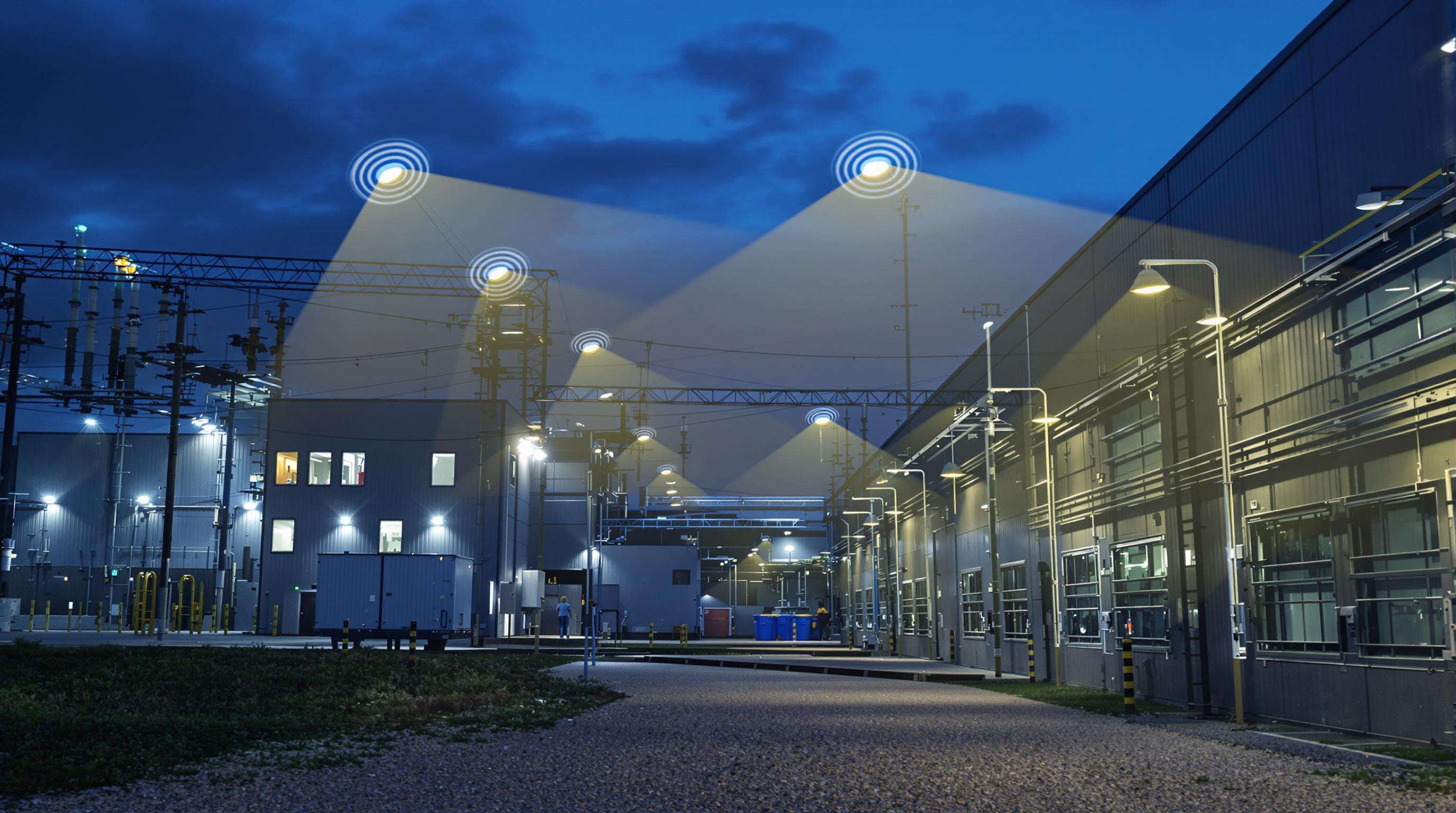Photoelectric Sensor Retrofits That Lower Power Draw in Existing Plants
How Photoelectric Sensor Retrofits Reduce Energy Consumption in Industrial Facilities
Understanding photoelectric sensor retrofits and their impact on energy efficiency
Upgrading to photoelectric sensors means swapping old detection systems for ones that respond to light and automatically adjust how long lights stay on and when equipment runs. These sensors work by picking up changes in surrounding light levels and sensing if people are around through infrared beams or reflections from lasers. The result? No more wasting electricity on spaces that are too bright or machines running when nobody's there. Factories and warehouses that install this tech typically see real improvements in their energy bills because they match power usage exactly what operations actually need at any given moment. Less wasted energy means lower costs while still keeping production moving smoothly as always.
How photoelectric sensors contribute to lowering power draw in existing facilities
The sensors react to movement and changes in light conditions, which makes them trigger things like reducing brightness when there's plenty of natural sunlight coming in through windows. This can cut down on electricity used for lighting somewhere around 20% give or take depending on how much daylight actually gets into the space. In factories where products get made, these same sensors will switch machines on just when needed material shows up at workstations, so equipment doesn't run unnecessarily most of the time. That helps eliminate those hidden energy costs from systems sitting idle all day long. When connected to what's already there in terms of building systems, these photoelectric control devices offer pretty good ways to manage power consumption specifically where it matters most. They help lower those expensive peak usage fees too, something factory managers really care about if their plants need to stay operational around the clock without breaking budgets.
Data point: Energy savings achieved in industrial retrofits using photoelectric sensors
When companies upgrade their facilities with modern systems, they often save quite a bit on energy costs. Take warehouses for example those equipped with photoelectric sensors typically cut their monthly electric bills by around 29%. Manufacturing plants aren't far behind either, cutting down on power usage by about 22% during work hours simply by turning off lights that aren't needed. The savings come from being able to control when and how bright lights stay on throughout the day. During setup, technicians program these sensors to respond only when necessary, which means lights turn on automatically when someone enters a space and shut off again once it's empty.
Integration of photoelectric sensors with legacy control systems for seamless operation
Today's photoelectric sensors come with universal voltage compatibility and standard 4-20mA outputs, which means they work with most existing PLCs without needing extensive rewiring. The tech folks out there can actually program these binary signals to replace old school timers, so companies don't have to throw away their older equipment when upgrading. Instead, they get to keep what they've already invested in while bringing in smarter automation based on actual conditions. What makes this really valuable is how it allows for step by step upgrades. Many plants start with something simple like lighting controls first, then move on to bigger things such as HVAC systems or conveyor belts. This approach lets businesses improve their operations gradually without disrupting everything at once.
Daylight Harvesting and Occupancy Sensing: Optimizing Lighting with Photoelectric Controls

How daylight harvesting systems leverage photoelectric sensors to cut energy use
Daylight harvesting works thanks to photoelectric sensors that check how much natural light is around and then either dim or switch off artificial lights once there's enough sunlight coming through. Buildings that have lots of glass or skylights often see savings somewhere between 30 to 40 percent on their yearly lighting costs when they install these kinds of systems. Throw in some occupancy sensors too, and what we get are smart lighting setups that adjust themselves based on what's actually happening in the space at any given moment. These setups save money without making things dark or dangerous, which matters a lot in factories and warehouses where workers need good visibility but also want to cut down on electricity bills.
Occupancy and daylight-responsive sensors in adaptive lighting networks
Adaptive lighting systems use motion detection and photoelectric light measurement to prevent energy waste in three ways:
- Turning off lights in unoccupied zones
- Dimming fixtures near daylight sources
- Providing full brightness only when both occupancy and low light are detected
This layered strategy avoids overlapping illumination and ensures lighting is used only when and where needed, supporting compliance with safety standards.
Integration of motion sensors and adaptive lighting for dynamic control
Facilities increasingly pair 360° occupancy sensors with dimmable LED fixtures and programmable photocells. When retrofitted into legacy systems, this configuration achieves 20â30% greater savings than motion sensors alone. Photoelectric controls continuously adjust output based on real-time light data, resolving conflicts between daylight harvesting and occupancy-triggered activation for consistent, reliable performance.
Case Study: Implementation in a Midwest manufacturing plant showing 38% lighting energy reduction
| Metric | Before Retrofit | After Retrofit |
|---|---|---|
| Annual Lighting Energy | 412 MWh | 256 MWh |
| Peak Demand Reduction | 0% | 22% |
| Maintenance Costs | $18,700/yr | $9,200/yr |
Implementation cost: $84,000 | Payback period: 2.3 years
The project combined 58 photoelectric-controlled LED high bays with wireless occupancy sensors, demonstrating how adaptive lighting networks deliver rapid ROI in large-scale industrial retrofits.
Retrofitting Legacy Lighting Systems with LED and Photoelectric Sensor Upgrades
LED Retrofit Solutions for Industrial Lighting Combined With Photoelectric Controls
Facilities can now upgrade their old lighting setups using modern LED retrofit kits that come with photoelectric controls for detecting when people are around and adjusting to available daylight. The LED systems save anywhere between 60 to 70 percent on energy costs compared to those old metal halide or HPS lamps. They work alongside sensors that automatically turn lights down or off when spaces like warehouses, production floors, and storage rooms aren't being used. What makes these kits so effective is how they bring together efficient lighting technology with smart automation features. Let's take a look at what goes into making these retrofits work properly.
- Plug-and-play LED tubes with built-in motion detection (0.5â15m range)
- Adaptive high-bay fixtures that pair 200W LED equivalents with IR/photocell sensors
- Dimmable drivers that adjust output based on daylight penetration
Challenges in Retrofitting Lighting Systems for Efficiency in Legacy Facilities
Many older factories struggle with outdated electrical systems running on those standard 480V/277V setups, along with mismatched control voltages and not enough space in conduits for all the sensor wiring they need. According to some recent industry data from around 2025, about 4 out of 10 facilities built before the year 2000 end up needing at least partial rewiring just to get sensor networks working properly. The problem gets even worse when dealing with those tall ceilings between 18 and 30 feet high. Getting sensors placed correctly becomes a real headache in these spaces. Technicians have to map everything out carefully so there are no dead zones where sensors can't reach, which takes extra time and planning but is absolutely necessary for proper system coverage.
Balancing Upfront Costs vs. Long-Term Savings in Sensor-Based Retrofits
While photoelectric sensor retrofits cost $18â$35 per fixtureâhigher than basic LED swaps at $8â$12âthey deliver deeper, compounding savings through adaptive operation. According to a 2025 Material Handling Institute study, facilities achieve an average 12.8-month ROI due to enhanced efficiency and reduced maintenance:
| Factor | Basic LED Retrofit | LED + Sensors |
|---|---|---|
| Energy Savings | 54% | 72% |
| Maintenance Cycles | 3â5 years | 5â8 years |
| Compliance Credits | $0.12/kWh | $0.18/kWh |
Best Practices for Phasing Photoelectric Sensor Retrofits in Large-Scale Plants
- Prioritize high-traffic zones â Install sensors first in areas with variable occupancy, such as loading docks and assembly stations
- Validate compatibility â Test 10â20 fixtures before full rollout to confirm stable voltage (under 5% fluctuation)
- Implement staggered scheduling â Align upgrades with production downtime to minimize operational disruption
- Train maintenance teams â Conduct hands-on workshops for adjusting sensor sensitivity (5â200 lux thresholds) and troubleshooting false triggers
Facilities using phased retrofits report 22% faster deployment and maintain 99.3% production uptime, according to the Industrial Efficiency Council (2025).
The Future of Industrial Energy Efficiency: Smart Sensor Networks and Predictive Analytics

Emerging trend: Smart lighting controls and sensors in industrial exterior lighting
Many industrial facilities have started installing smart photoelectric sensor networks that combine motion detection with ambient light sensing for their outdoor lighting needs. The new systems automatically change brightness levels depending on whether people are around and how much natural light exists, cutting down on the roughly 40% wasted electricity that used to happen when lights stayed on all night long in traditional installations. Some of the latest versions come equipped with focused infrared beams and special light detectors that work well even in tough conditions such as dusty warehouse environments where standard sensors might struggle to function properly.
Growth of photoelectric sensor deployment in industrial energy efficiency
According to a recent 2025 study, around 62 percent of manufacturers are making photoelectric retrofits a top priority when upgrading their facilities these days. The main reason? Return on investment typically comes within those sweet spots of 9 to 14 months. What makes this tech so attractive is how it scales up gradually. Companies can start small with things like safety light curtains before expanding to full scale material handling across entire plants. Energy managers have seen pretty impressive results too. After adding photoelectric controls to work alongside HVAC systems and conveyors, many report cutting down on extra power usage by anywhere from 18 to 24 percent. These savings are especially noticeable in industries like food processing where temperatures need constant monitoring, and automotive manufacturing where production lines run nonstop.
Future outlook: AI-driven analytics and predictive maintenance in sensor networks
The latest photoelectric sensors now come with edge computing capabilities that let them check how machines are vibrating, if parts are properly aligned, and what surfaces look like when light bounces off them. This helps predict when maintenance will actually be needed before breakdowns happen. Factories that started using these AI driven diagnostic systems have seen their unexpected stoppages drop by about 30%, and machines last roughly 22% longer between repairs according to recent studies. With these sensors becoming key components in factory wide IoT networks, experts estimate the market for this kind of smart maintenance tech could hit around $12.1 billion sometime around 2034. Some manufacturers already see this as game changing for keeping production lines running smoothly.
Frequently Asked Questions (FAQ)
What are photoelectric sensors?
Photoelectric sensors are devices that respond to changes in light levels. They are used to automatically control lighting and equipment based on the presence or absence of people or natural light.
How do photoelectric sensors help save energy?
They help save energy by adjusting lighting and equipment operation based on actual needs, reducing unnecessary electricity usage.
What are the typical energy savings with photoelectric sensor retrofits?
Typical energy savings can range from 20% to 40%, depending on the facility and the amount of natural light available.
Can photoelectric sensors be integrated with existing systems?
Yes, modern photoelectric sensors are designed to be compatible with most existing control systems, allowing for gradual upgrades without significant infrastructure changes.
What industries benefit most from photoelectric sensor retrofits?
Industries with significant lighting and equipment needs, such as manufacturing, warehousing, and food processing, benefit significantly from photoelectric sensor retrofits.

 EN
EN
 AR
AR
 FR
FR
 DE
DE
 IT
IT
 JA
JA
 KO
KO
 PT
PT
 RU
RU
 ES
ES
